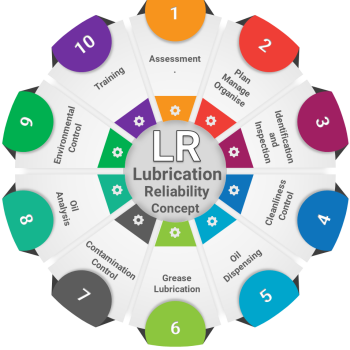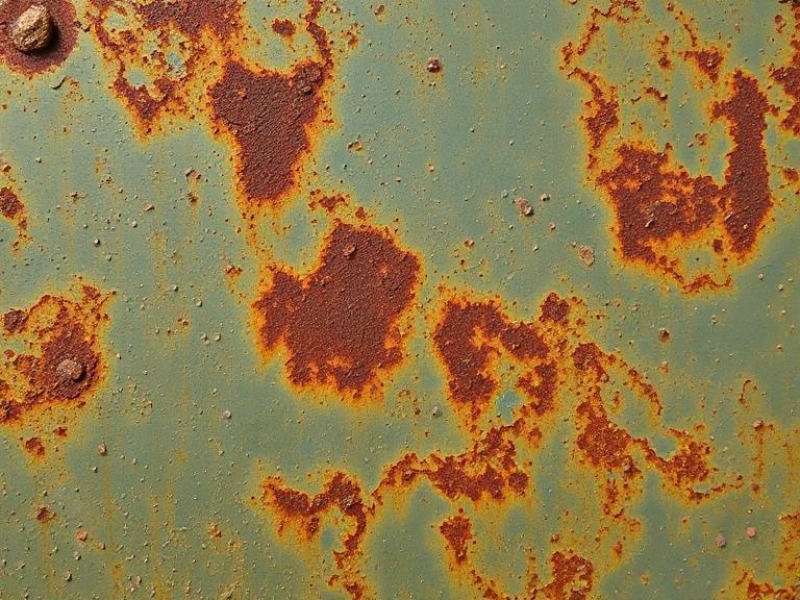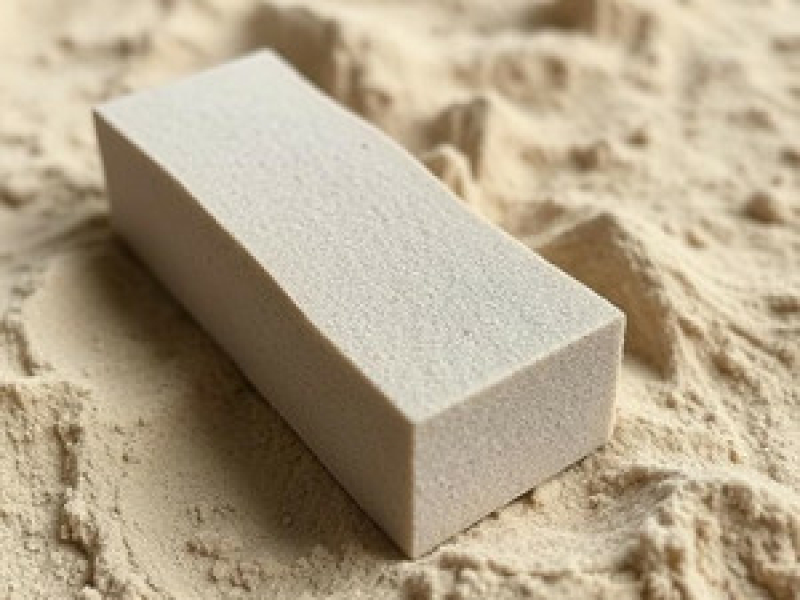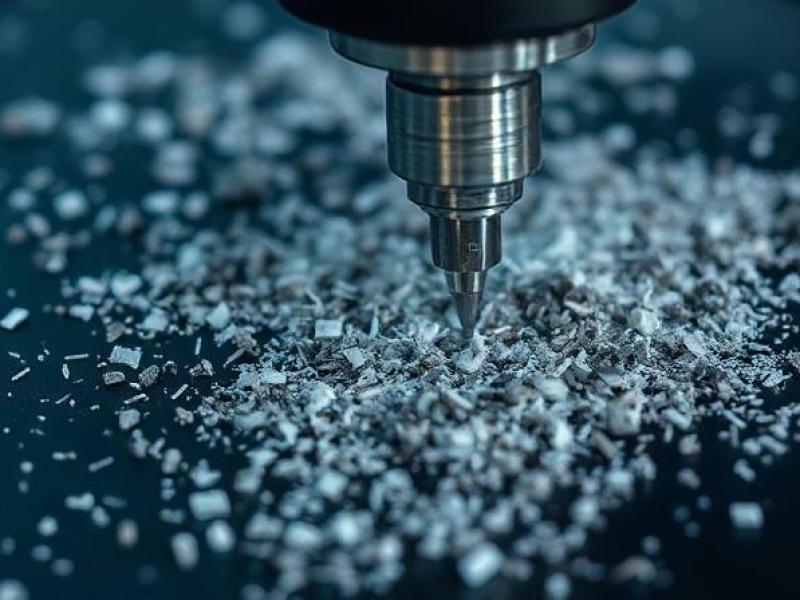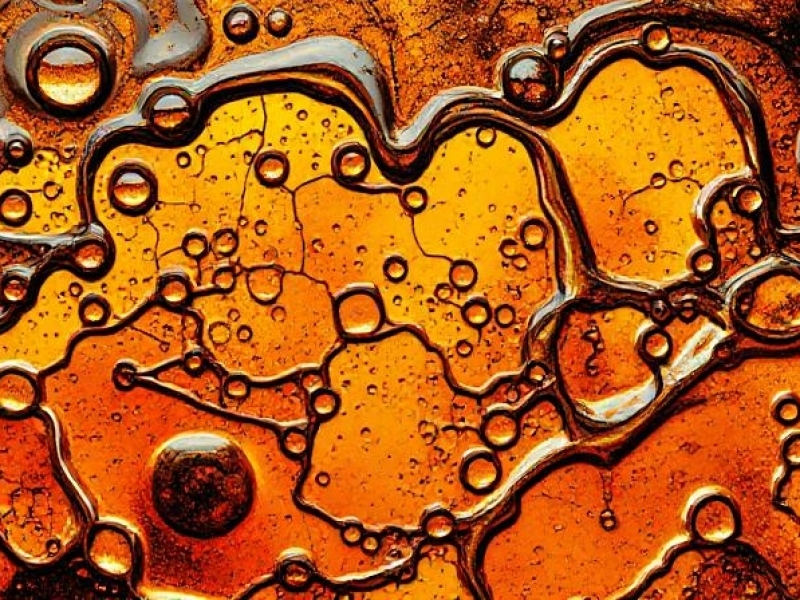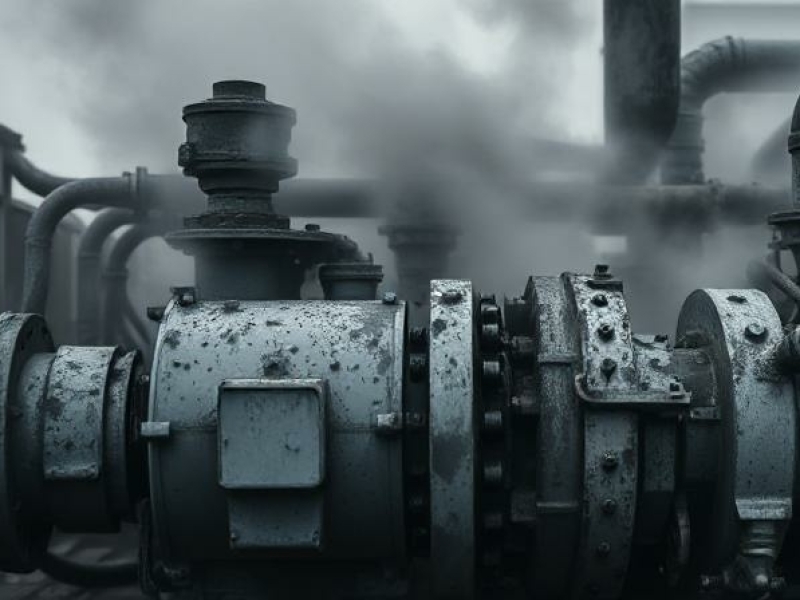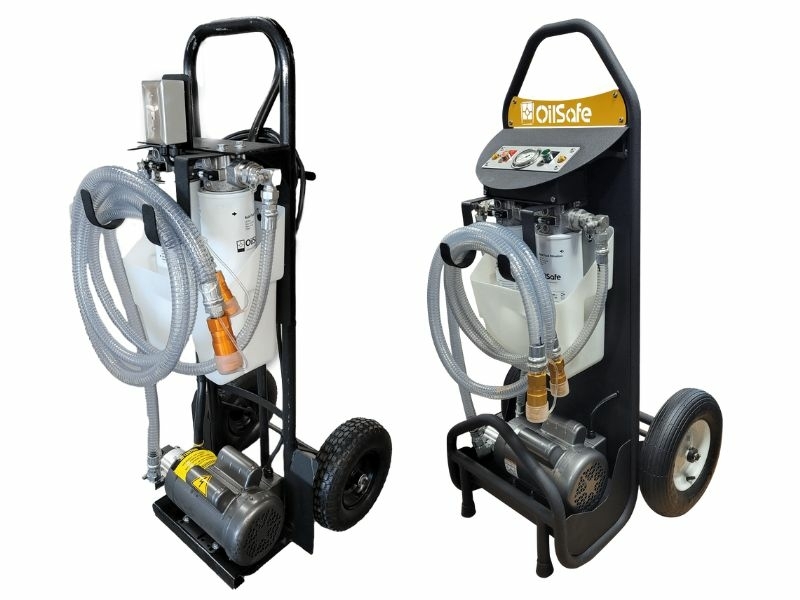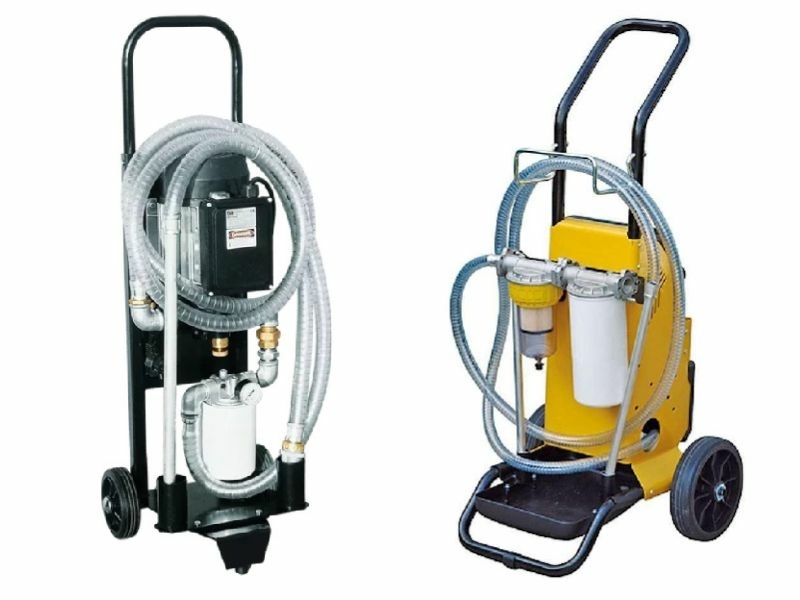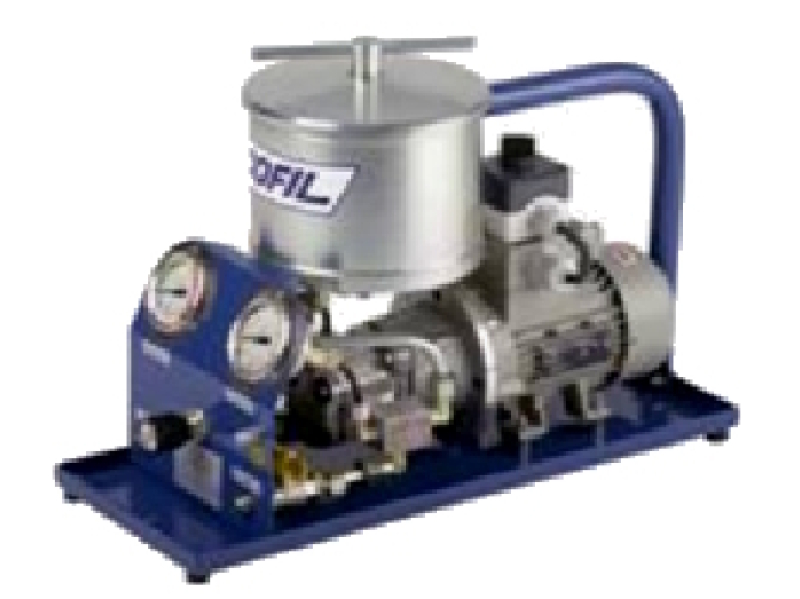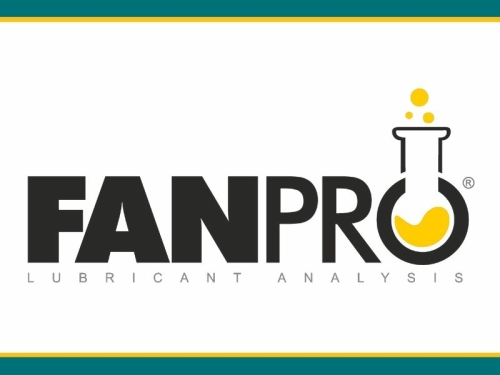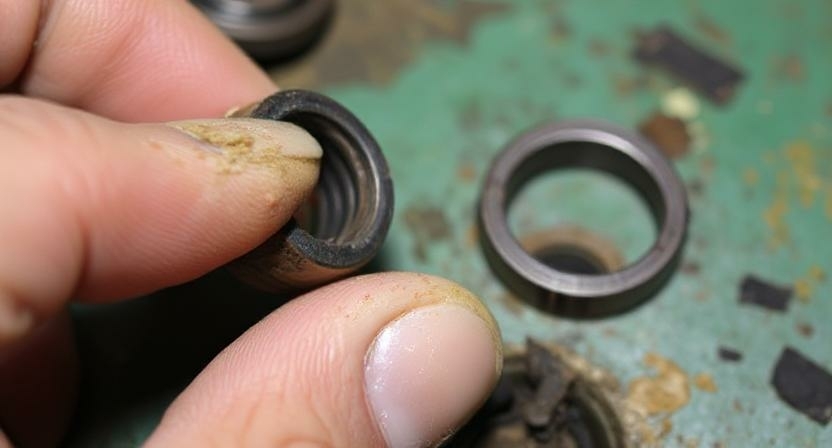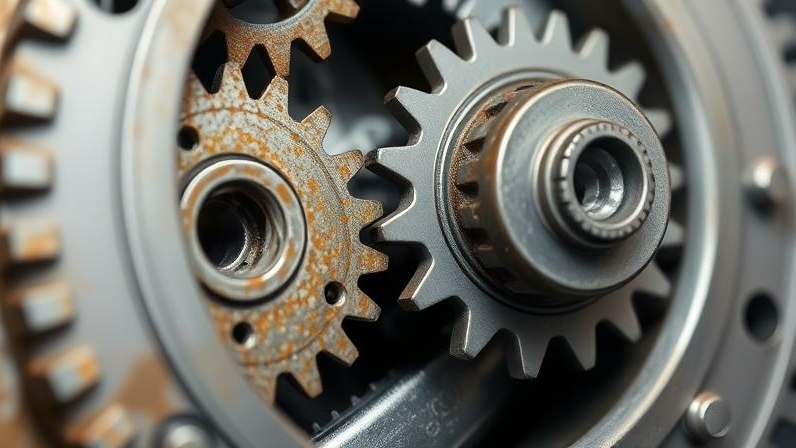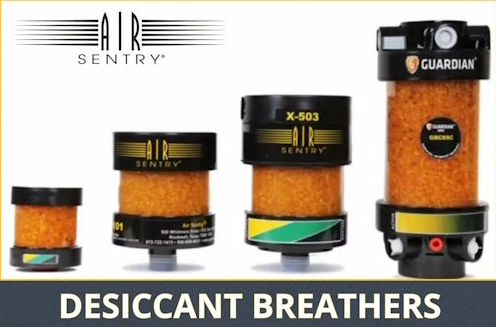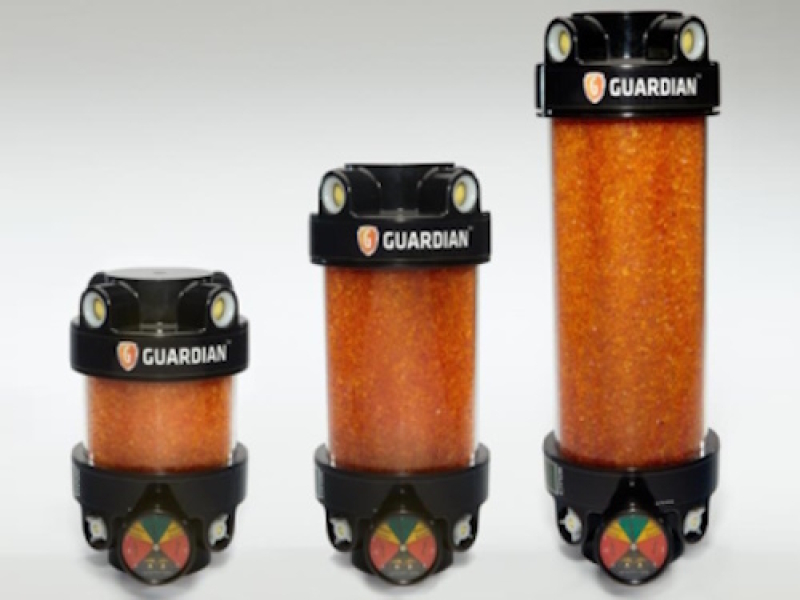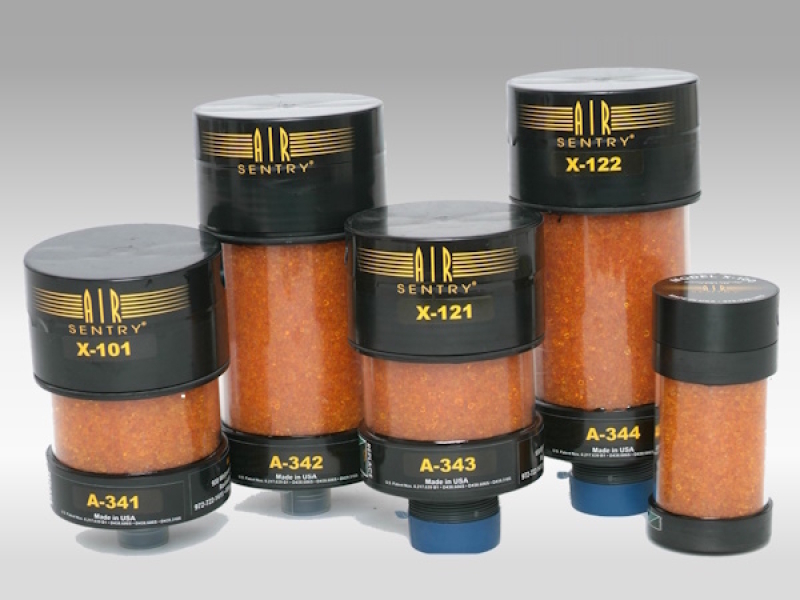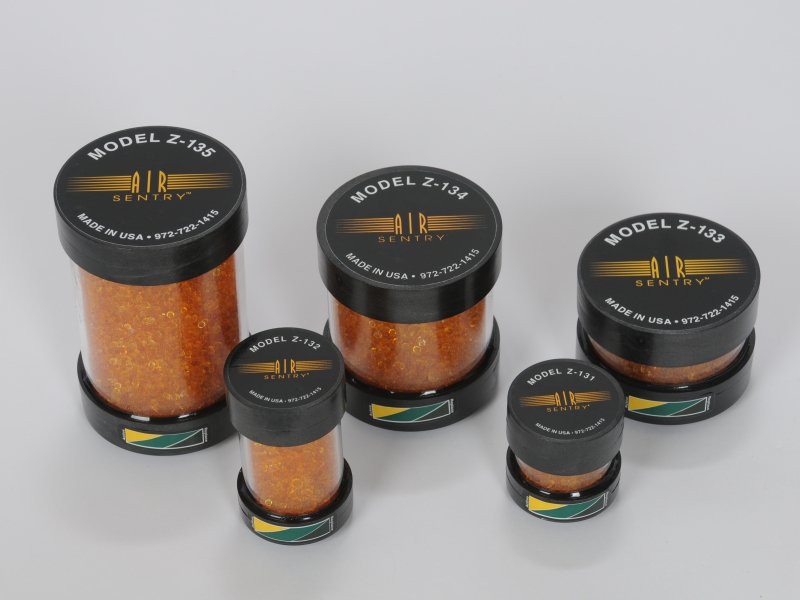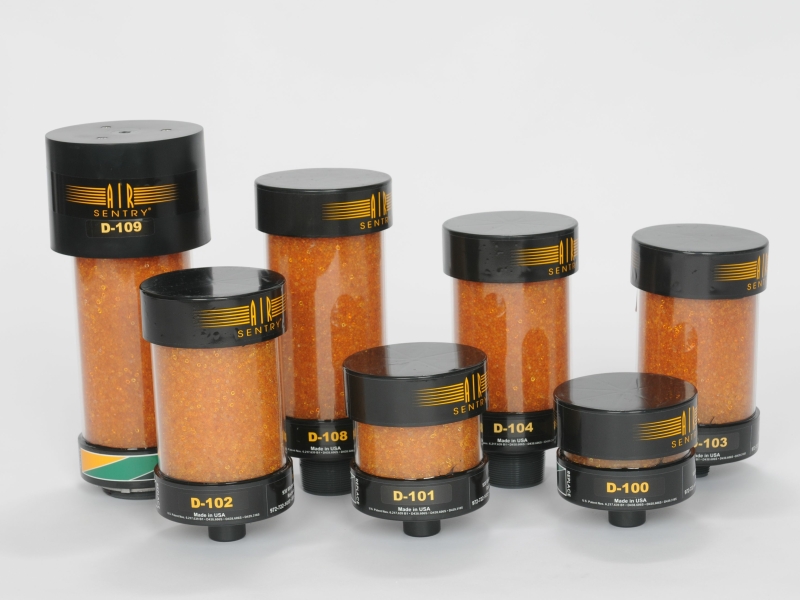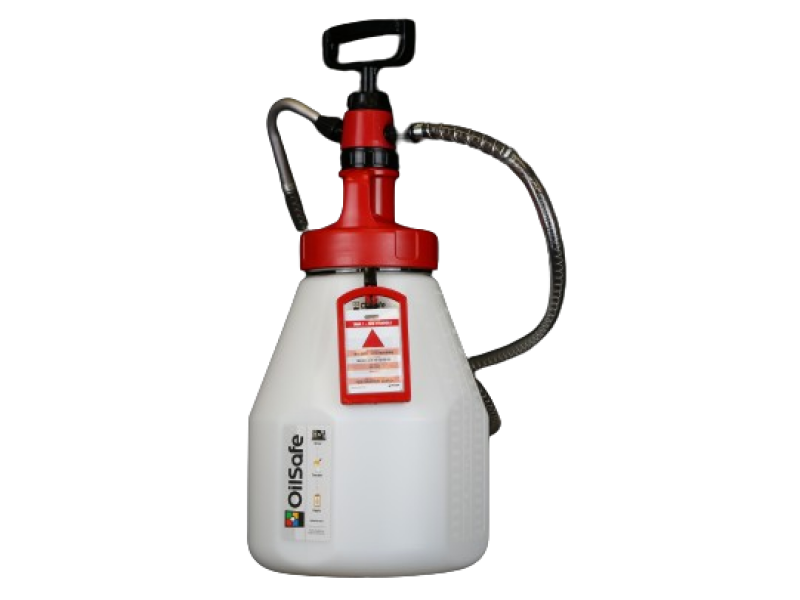In this animated video, discover how the Air Sentry® Guardian Breather defends your critical equipment against moisture and airborne contaminants. Through clear and engaging visuals, you’ll see how the breather’s advanced desiccant and filtration system works to prevent condensation, corrosion, and particle ingress - extending the life of systems like transformers, hydraulic units, and gearboxes.
Key features highlighted in the video:
- Moisture removal using high-efficiency desiccant material
- Contaminant filtration to block dust and debris
- Real-time performance in challenging environments
- Durable design built for long-term reliability
Whether you're maintaining industrial machinery or sensitive systems, this video shows why the Guardian Breather is a vital component in any contamination control strategy.

